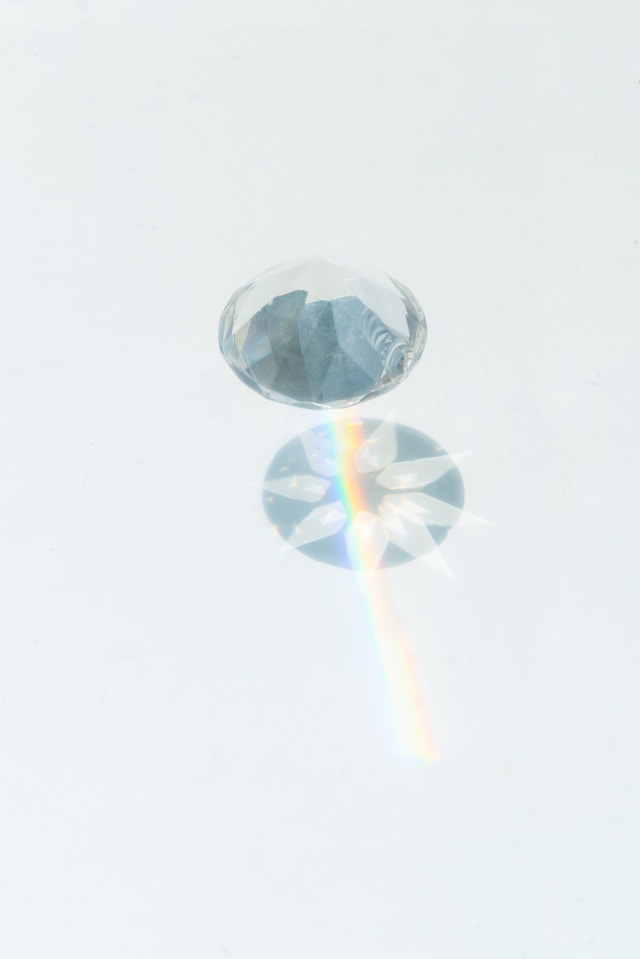Lab-grown diamonds are a popular alternative to natural diamonds. They are created in a controlled environment using advanced technological processes that replicate the natural diamond-growing process. If you are considering purchasing Novita lab diamonds or simply want to learn more about them, here are some essential facts to consider.
1. Origin of Lab-Grown Diamonds
Diamonds created in a laboratory are chemically, physically, and optically identical to natural diamonds. They are grown under controlled conditions, replicating the natural process of diamond formation deep within the Earth’s crust. Their chemical composition and crystal structure are the same as natural diamonds.
2. Ethical Considerations
One of the significant advantages of lab-grown diamonds is their ethical production. Unlike natural diamonds, which are often associated with environmental and ethical concerns, lab-grown diamonds are a sustainable and environmentally friendly choice.
3. Environmental Impact
Lab-grown diamonds have a significantly lower environmental impact compared to traditional diamond mining. The process of creating lab-grown diamonds produces minimal ecological disruption and avoids the environmental issues associated with mining operations.
4. Quality and Certification
Lab-grown diamonds undergo the same grading and certification processes as natural diamonds. They are evaluated based on the same 4Cs – cut, color, clarity, and carat weight. Additionally, reputable gemological laboratories provide grading reports for lab-grown diamonds, ensuring transparency and quality assurance.
5. Cost Comparison
One of the most compelling reasons to choose a lab-grown diamond is their affordability. On average, lab-grown diamonds cost significantly less than natural diamonds of comparable size and quality, making them an attractive option for budget-conscious consumers.
6. Diversity of Options
Lab-grown diamonds offer a wide range of options in terms of shapes, sizes, and colors. They can be created in various hues, including fancy colors such as pink, blue, and yellow, providing consumers with unique and personalized options for their jewelry pieces.
7. Durability and Hardness
Lab-grown diamonds exhibit the same exceptional hardness and durability as natural diamonds, ranking 10 on the Mohs scale. This makes them an ideal choice for everyday wear and ensures that they will stand the test of time, just like natural diamonds.
8. Investment Value
While lab-grown diamonds are more affordable than natural diamonds, they may not retain the same investment value over time. Unlike natural diamonds, which have a well-established resale market, the investment potential of lab-grown diamonds is still evolving.
9. Consumer Awareness
As awareness of lab-grown diamonds continues to grow, consumers are increasingly embracing them as a sustainable and ethical choice. The demand for these diamonds is on the rise, with many individuals recognizing the environmental and social benefits they offer.
10. Future of Diamonds
Lab-grown diamonds represent an innovative and promising development in the diamond industry. As technology advances and consumer preferences evolve, these diamonds are expected to play an increasingly significant role in the market, offering a compelling alternative to natural diamonds.
Ultimately, when considering a diamond purchase, whether natural or lab-grown, it is essential to weigh your preferences, budget, and ethical considerations. Lab diamonds present a sustainable, affordable, and visually stunning option for those seeking an ethical and environmentally conscious choice for their jewelry.
